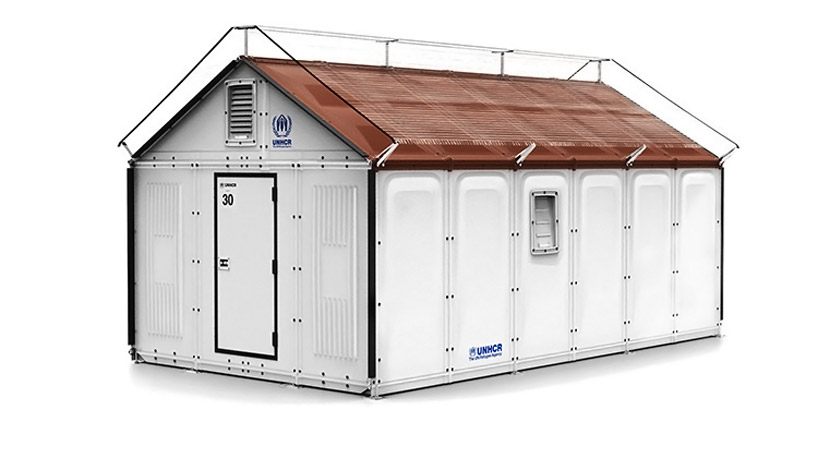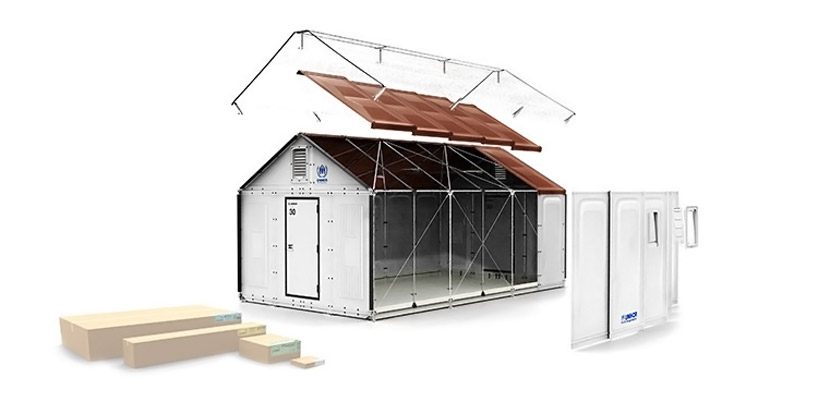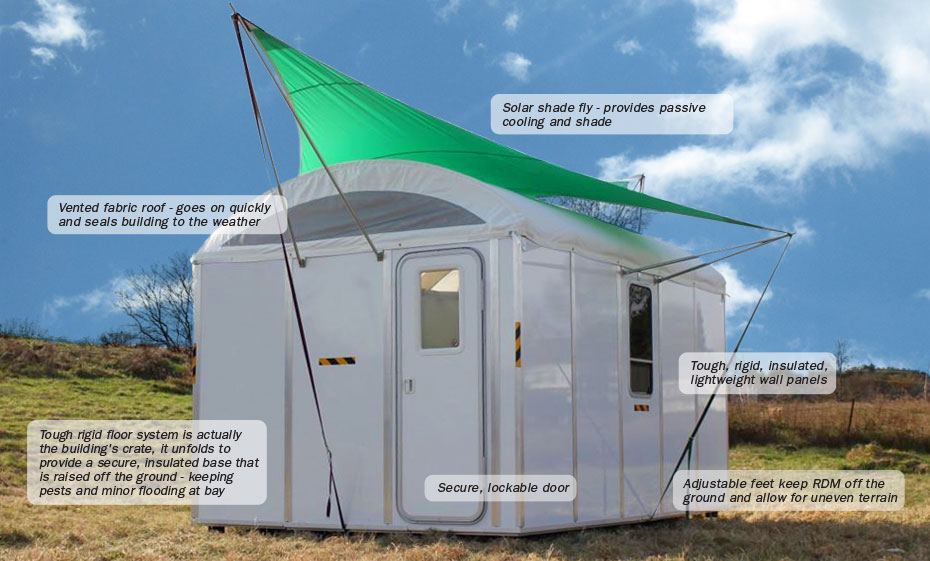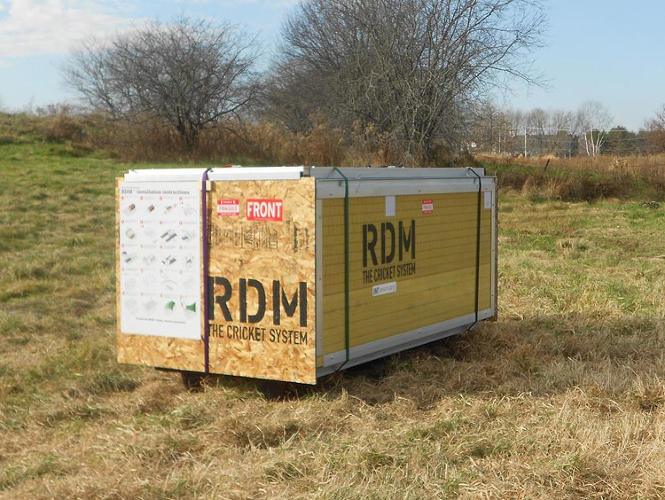INHALE is a cultural platform where artists are presented, where great projects are given credit and readers find inspiration. Think about Inhale as if it were a map: we can help you discover which are the must-see events all over the world, what is happening now in the artistic and cultural world as well as guide you through the latest designers’ products. Inhale interconnects domains that you are interested in, so that you will know all the events, places, galleries, studios that are a must-see. We have a 360 degree overview on art and culture and a passion to share.

“Every child should have the right to a safe place to call home”. This statement belongs to Jonathan Spampinato (Head of Communications & Strategic Planning at the IKEA Foundation) and is the onset of Ikea’s latest project: an improved refugee shelter. The daring enterprise was unveiled earlier this year, on June 20th, known to many as World Refugee Day (timing is everything, isn’t it?).
The philanthropic limb of the Swedish leviathan – a.k.a the Ikea Foundation – has invested $ 4.5 millions in order to create better housing units for refugees. Alongside UNHCR (the United Nations’ Refugee Agency) and RHU (Refugee Housing Unit), the organisation is sending 50 prototypes to be tested in Iraq, Lebanon and refugee camps in Dollo Ado, Ethiopia.
What were the priorities in this 3-year-long development? In accordance with everything Ikea represents, the prime issues were durability, security, handiness and comfort. And all of these come in the well-known flat-packs which take about four hours to construct, quite a bit longer than it takes to set up a canvas tent (a single hour). However, the new shelter needs no special tools to be built, as most Ikea shopaholics know, so the mallet is useless in this scenario (advantage: Ikea unit; handiness: checked). Also, the prototype is more sustainable than a simple tent, with a resistance up to nearly 3 years (durability: checked).
Simplicity remains the norm for Ikea’s prototype in such a way that the rectangular panels of lightweight plastic snap onto a metal frame and are held together by wires. Hence, four walls made of Rhulite (a lightweight polymer easy to transport but strong enough to confront harsh climate) and a rooftop covered in solar panels offer insulation and privacy in a space of 17.5 square metres (security and comfort: checked).
At present, the price of one Ikea shelter is about $7.500, but it could drop to less than $1.000 once it becomes mass-manufactured. And this might happen in the future, as the prototype is easier to ship, assemble and live in than its predecessor. Although Ikea Foundation deserves all the praise for orchestrating such a complex collaboration, I must call to record another initiative of this manner.
The RDM (Rapid Deployment Module) developed by Visible Good (a company which provides housing not only for people in need, but also for their caregivers) is a shelter destined for humanitarian assistance and disaster relief. This modular unit stands at the crossroads between a trailer and a tent and requires only 25 minutes to set up, without the use of tools. The hard walls and good insulation properties are signs of a sustainable unit that is easy to ship, as it can pack into its own floor. Although the cost of such a project reaches $15.500 per unit, the durability extends from 10 to 20 years (with the exception of the roof that requires a makeover every 3 to 5 years). Ikea might have found a cheaper way to help refugees in the short-run, but the RDM proves to be more innovative with its ability to affix to other prototype units, whether it is a shower or a lavatory.
I believe that this is just the beginning of a new course of action concerning emergency housing. The examples mentioned above are proof that smart design can be applied in any given circumstances. There is more than enough room in this world for ambitious, philanthropic products. If only nature was solely to blame for the calamities that require such devised improvements…
by Cristiana Șerbănescu
Cristiana Șerbănescu is allergic to describing herself to the public. The one thing she is sure of is that she wants to come to terms with her own artistic differences. She is now attempting to INHALE.





























































